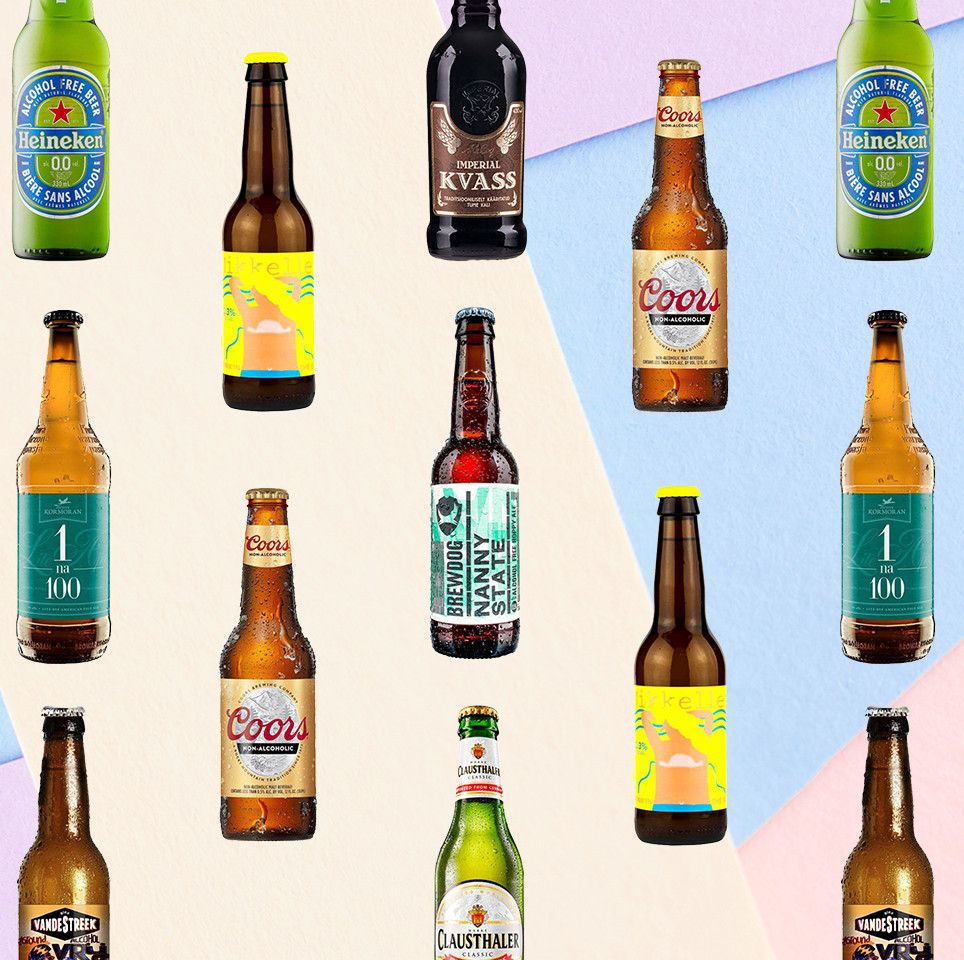The Ultimate Distillery Experience: From Grain to Glass, Everything You Need to Know
Getting started on a journey through the complexities of the distillery procedure unveils a world where science fulfills virtuosity in the creation of spirits. From the cautious option of grains to the meticulous crafting of each container, every action in the production line plays a crucial role in forming the last item that enhances our glasses.
The Art of Grain Option
Picking the ideal grains is a crucial action in the distillation procedure, determining the flavor account and high quality of the end product. The sort of grain picked dramatically influences the personality of the spirit being produced - Galveston Whiskey. Usual grains used in purification consist of barley, wheat, rye, and corn, each imparting unique tastes and characteristics to the end product

Beyond taste considerations, the quality and purity of the grains are vital. Distillers carefully source grains to ensure they are devoid of impurities and have the essential starch material for fermentation. By grasping the art of grain selection, distillers lay the foundation for developing phenomenal spirits that mesmerize the palate.
Purification Refine Demystified
Having actually established the structure with meticulous grain choice, the purification process becomes the transformative phase where the significance of the selected grains is opened and refined into a spirited kind. Purification is a methodical process that relies upon the concept of separating alcohol from a mixture based on distinctions in steaming factors. When the fermented mash is heated in the still, the alcohol evaporates at a lower temperature than water and other compounds, enabling its extraction. As the alcohol vapors increase and pass via the still, they condense back right into liquid form, leading to a higher evidence distillate. This extract, additionally understood as the 'heart cut,' is the purest and best portion of the distillation run. Nevertheless, the process doesn't finish there; several distillation runs or added steps such as aging in barrels may additionally improve the spirit, enhancing its flavor, personality, and complexity. Recognizing the details of the distillation process is vital for generating high-quality spirits that astound fanatics and aficionados alike.
Barrel Aging and Taste Advancement
Throughout the barrel aging procedure, spirits go through a transformative trip as they communicate with the wood, soaking up nuanced tastes and establishing an abundant intricacy. As spirits age in the barrels, they remove compounds such as vanillin, lignin, and tannins from the timber, contributing to the advancement of aromas like vanilla, caramel, flavor, and even tips of toasted oak.
Furthermore, the aging procedure permits oxidation to occur, resulting in additional chain reaction that smooth the spirit and round out any extreme edges. The porous nature of wood likewise allows the spirit to breathe, assisting in the integration of flavors gradually. Depending on the period of aging and view publisher site ecological problems like temperature level and moisture, spirits can acquire various attributes, from subtle wood notes to deep, complex tastes that make each set distinct. Ultimately, barrel aging plays a crucial function fit the distinct preference account of each spirit, using a sensorial journey for connoisseurs to appreciate.
Workmanship in Bottling and Labeling
As spirits reach their ideal taste profiles with barrel aging, the careful craftsmanship in classifying and bottling ends up being the following important action in presenting a costs item to consumers. The procedure of bottling and labeling is an important facet of the overall distillery experience, as it is the final touchpoint prior to the product gets to the hands of consumers (Distillery in Galveston). Craftsmanship in bottling includes ensuring that each bottle is filled up exactly with the spirit, thinking about factors such as consistency in Recommended Reading fill degrees and the prevention of any kind of pollutants entering the container

Sampling and Valuing Fine Spirits
To fully value fine spirits, one should engage all the detects in a intentional and conscious sampling experience. When sampling penalty spirits, it is vital to start by observing the spirit's look. Keep in mind the color, clearness, and thickness of the liquid in the glass. Swirl the spirit gently to release its fragrance. see here now The nose is an essential sense in tasting spirits; take a moment to inhale the facility aromas deeply. Next, take a small sip and let it linger on your palate. Focus on the different flavors that unfold - from fruity and pleasant notes to spicy or great smoky touches. Think about the mouthfeel, noting if the spirit is smooth, velvety, or fiery. Swish the spirit in your mouth to fully experience its texture and preference. Lastly, ingest slowly and value the sticking around finish. Fine spirits typically leave a pleasurable aftertaste that can expose much more about the workmanship and high quality of the drink. By engaging all your detects in this manner, you can genuinely enjoy and appreciate the intricacies of fine spirits.
Conclusion
In verdict, the distillery experience includes the elaborate art of grain selection, the exact purification process, the transformative barrel aging, the precise craftsmanship in bottling and labeling, and the sophisticated technique of tasting and valuing fine spirits. Each step in the production procedure plays a critical function in developing high-grade spirits that mesmerize the detects and pleasure aficionados worldwide.
The type of grain selected significantly affects the character of the spirit being created. By understanding the art of grain choice, distillers lay the structure for creating exceptional spirits that mesmerize the palate.
/cdn.vox-cdn.com/uploads/chorus_image/image/69556938/305221803_513900044071408_5111142127981802908_n.7.jpg)
Comments on “Breweries in Galveston Texas: Discover Local Craft Breweries Today”